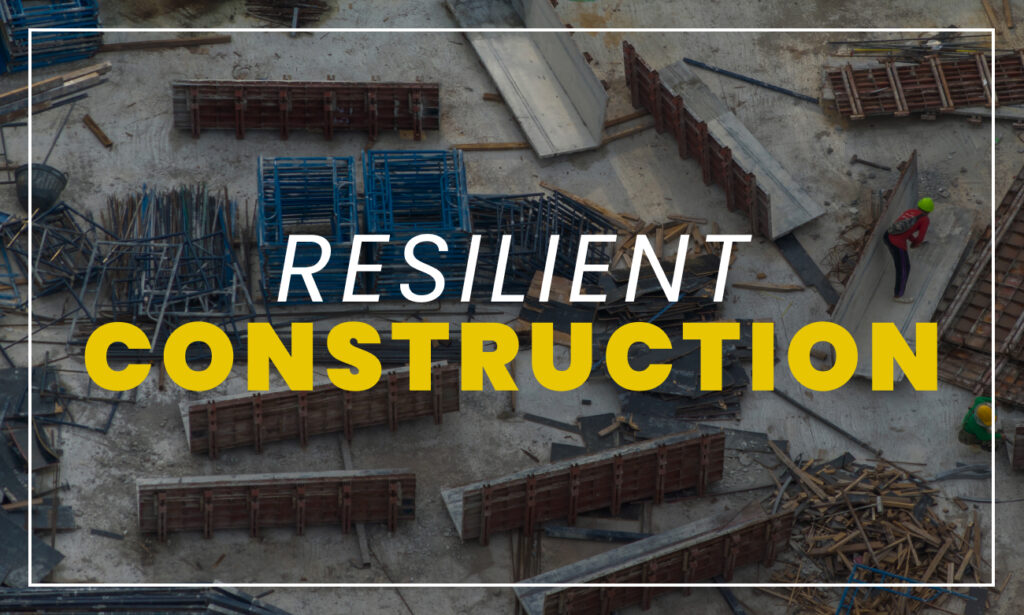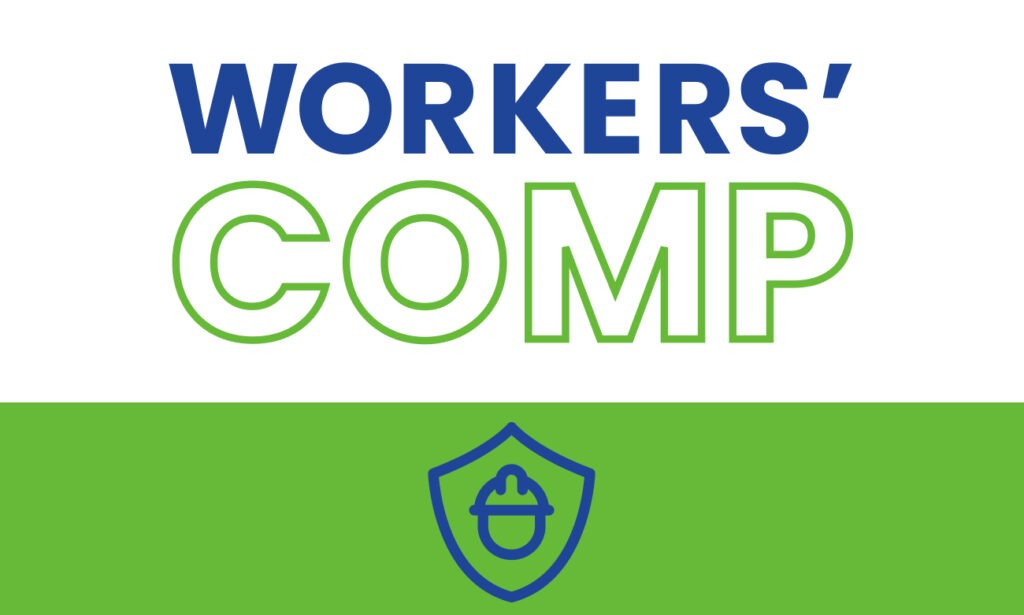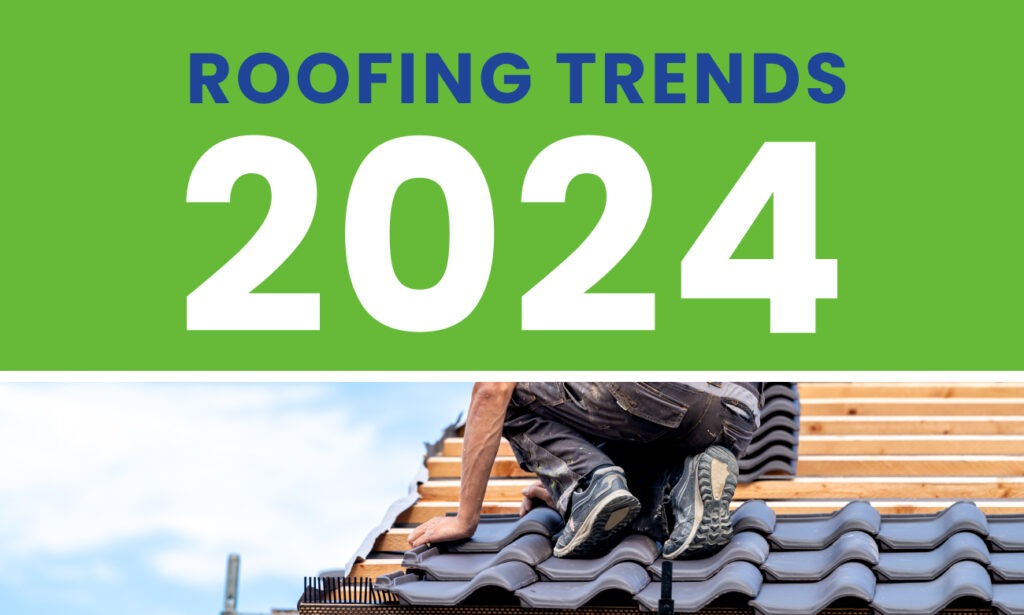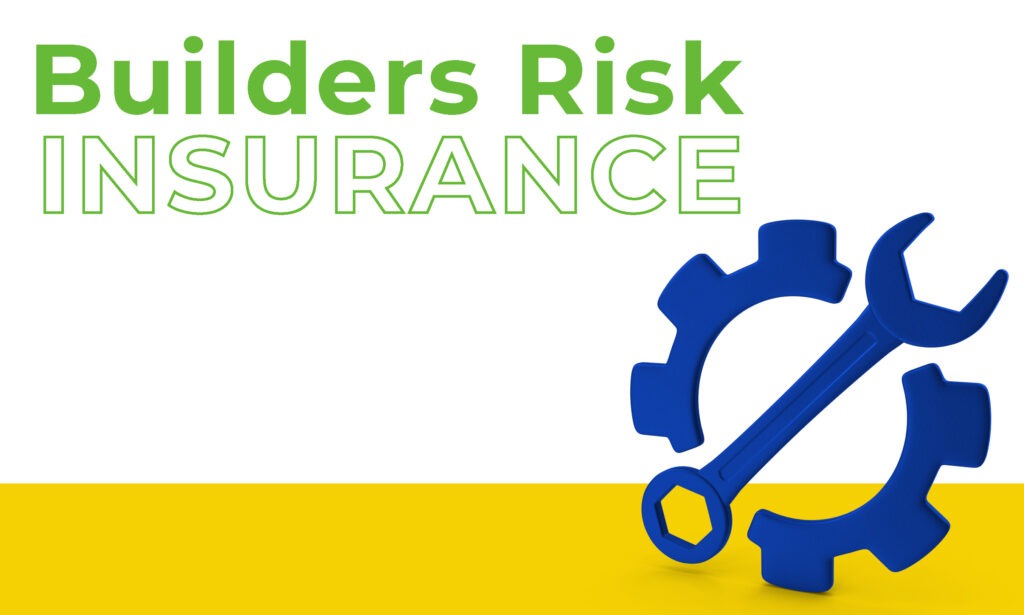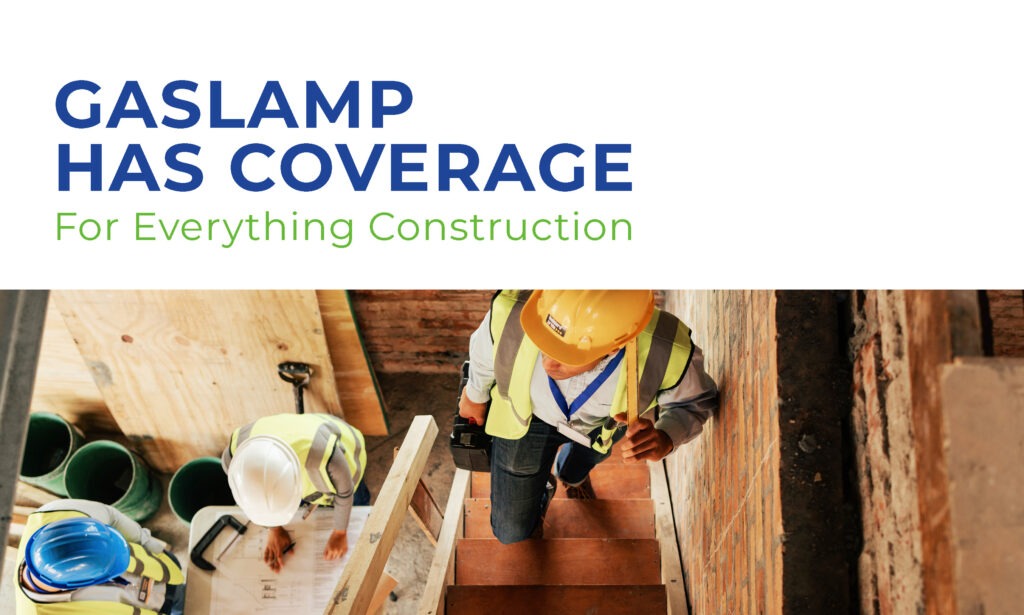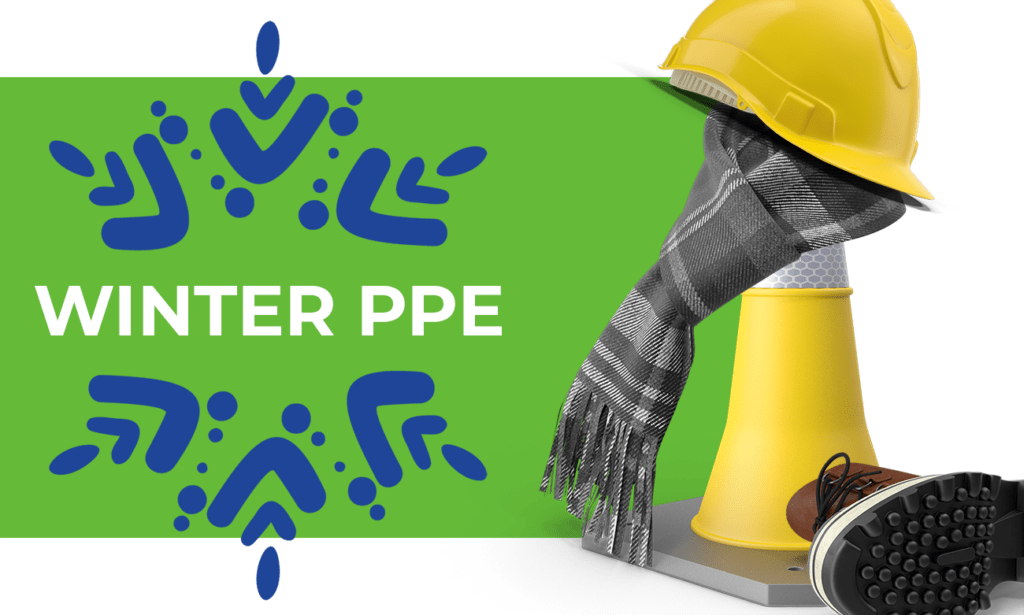Four Tips on How to Get More Renovation Business
As a contractor, it can feel like half of your time is spent simply finding leads. Home renovation jobs can be a lucrative source of income for your business, but how do you find these customers? From marketing strategies to industry relationships, here are four tips to help you get more renovation business. Showcase Your […]
Four Tips on How to Get More Renovation Business Read More »

